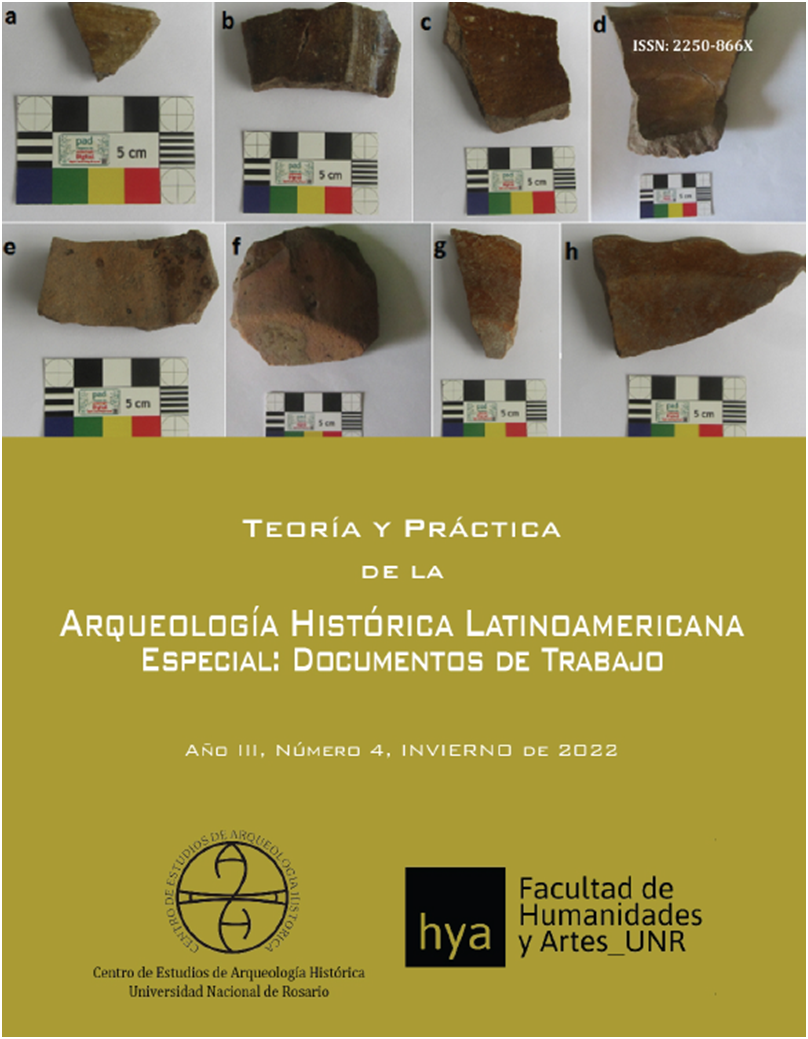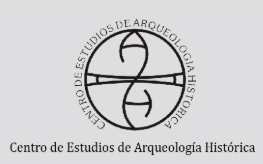The The Andean city. Event and conceptualization. Background and contexts to study the globalized city and its change
DOI:
https://doi.org/10.35305/tpahl.v1i4.163Keywords:
Andean city, pre-Columbian Andean city, modern Andean cityAbstract
It exposes methodological tools to analyze the emergence of the modern Andean city from the pre-Columbian origins of Quito, Cuenca, Latacunga and Manta that would still influence its urban presence. Its present, affected by globalization, led to think of the Andean city as a new phenomenon that does not forget its past. It is verified how the capitalist cycle initiated in the 16th century implanted urban forms that took advantage of existing structures, but created conditions for their conceptual and practical overcoming. The study used archaeological and cartographic information and, in its fieldwork, georeferenced aerial photogrammetric resources to verify hypotheses about their original plots in order to contribute to the debate on the subject and to find syntheses about the physical-urban continuity and discontinuity of these cities. The critical historical knowledge, beyond the geometric descriptive, led to conceptualize the modern Andean city within the physical-social totality in the perspective of its transformation.
Downloads







